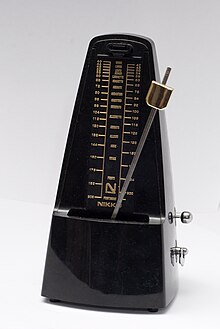Dennis Tate
Banned
OK.
'Belief' holds no truck with science.
Things in nature don't have 'purpose' or 'function'.
You may well derive some comfort from your being on somewhat the same page as Mr. John Horgan when it comes to the type of theories that fascinate me.
https://blogs.scientificamerican.co...ew-theory-of-everything-is-the-same-old-crap/
"Now, Hawking is telling us that unconfirmable M-theory plus the anthropic tautology represents the end of that quest. If we believe him, the joke's on us." (John Horgan)
John Horgan
John Horgan directs the Center for Science Writings at the Stevens Institute of Technology. His books include The End of Science, The End of War and Mind-Body Problems, available for free at mindbodyproblems.com. For many years, he wrote the immensely popular blog Cross Check for Scientific American.
Recent Articles

